|
Back in 2017, we launched the Preservation and Enhancement Fund of Mount Olivet Cemetery, a 501 © (3) nonprofit entity with a goal of showcasing and securing our amazing cultural landscape. As many know, we possess a unique blend of nature, art, and architecture symbolically memorializing the human condition. With the assistance of cemetery staff and our Friends of Mount Olivet (FOMO) membership group (begun in Spring, 2020), the non-profit's mission is to preserve the cemetery's historic records, on-premises house and chapel structures and, most noticeably, thousands of vintage gravestones and monuments. Our hope is to educate visitors and Frederick residents alike by sharing the fascinating background of Mount Olivet and those who reside in it, numbering nearly 41,000. The “Friends” group is active in related activities designed to generate enthusiasm in not only history research and gravestone preservation, but continued fundraising while spreading community awareness of this special place. We attempt to accomplish this through engaging and entertaining educational lecture programs, walking tours, special events and anniversary commemorations. Last summer, our Friends group established the Mount Olivet Monument Hall of Fame. We inducted seven monuments, including our most famous in Francis Scott Key, as part of the inaugural class. In talking with colleagues and other members of our Friends group, we found it best to frame this new “Hall of Fame” on the monuments, themselves, and not specifically on the person (s) buried beneath. So, it is the above-ground masterpiece of art and craftmanship that provides the criteria for consideration, nomination and election to our “Mount Olivet Monument Hall of Fame.” Unlike other "Halls of Fame" (ie: sports, music, etc.), we didn't have to build a gallery on our grounds, as we already have one! The memorials are already in place, some for well over a century and a half already. All inductees appear in the form of a virtual gallery on the MountOlivetHistory.com site. Last year, the inaugural class of recipients was formulated by yours truly with help from Mount Olivet Superintendent J. Ronald Pearcey. We announced the esteemed monument choices by way of a walking tour, as part of our first annual Friends of Mount Olivet picnic held last year. This year, we put the task to our Friends of Mount Olivet. A nominating committee within the Friends group was formed in early summer and headed up by Mike and Sheila Schaden. Nominees (put forth by Friends members) were submitted throughout the summer and a narrowed down list of 20 was officially introduced at this year's picnic. The voting commenced with both in-person, online and mail-in ballot from our FOMO membership. Mike and Sheila handled the entire process, and I can attest to the fact that there was no question of voter fraud ranging from stuffing ballot boxes and "dangling chads" to faulty machines or lack of voter ID. So, with no further ado, I present to you, the reader, our inaugural class of 2022 for the Mount Olivet Monument Hall of Fame. Emily Blair Gravestone Location: Area H/Lot 477 Date of Placement: October, 1915 Decedents: Emily (Johnson) Blair This is a monument that has largely flown under the radar. The natural elements here depicted were magnificently carved in marble and include a cross crafted to look like it was made from wooden logs. It appears to be held up by a pile of rocks and features a dove, flower and fern. Remember that this was all carved by hand by a skilled stonemason without the use of a machine or computer. Most importantly, all this detail was applied to the same chunk of marble. Since we are here, I will admit that I already know a bit about the decedent this monument memorializes because I wrote a story about her family back in May of 2017. Emily (Johnson) Blair was the daughter of a Frederick native and physician named Dr. James T. Johnson. Dr. Johnson was part of the widely known family of that name and fame in our community and served as a surgeon under the Confederacy during the American Civil War. Emily gave birth to a son, Francis Preston Blair III, on September 3, 1891 but would endure complications from the childbirth and developed Puerperal Pyrexia, dying just over two weeks later on September 19th, 1891. She was only 32. Emily had married Cary Montgomery Blair the previous year and the family was living in Huntsville, Alabama at the time of her death. Cary had come from a high pedigree family as well as he was the son of famous Union Civil War Gen. Frank Preston Blair. Frank's father also served as a US congressman from Missouri. Cary Blair's grandfather was Kentucky newspaper editor and politician Francis Preston Blair, who, in 1840, came across a mica-flecked spring near, what is today, Georgia Avenue near the Washington, DC line. The location today is Acorn Park at Blair Mill Rd., Newell St. and East-West Highway. The elder Blair decided he liked the location so much that he would acquire the property surrounding the spring and build a summer home for his family, away from the sweltering, malaria-infested confines of the capital city. Mr. Blair constructed a 20-room mansion on the parcel and called it “Silver Spring.” Cary’s uncle, Montgomery Blair, represented Dred Scott in the landmark Supreme Court case and served as mayor of St. Louis and Postmaster General under President Lincoln. Cary Blair would not recover from his wife’s premature death, and lived a reclusive existence in Colorado and Texas until his own death in 1944. Son Francis was adopted and raised in Philadelphia by Cary’s brother, dying himself in London in 1943. Emily was originally buried alongside her father in Huntsville's Maple Hill Cemetery, but their bodies (and gravestones) would be reinterred in a new family lot in Mount Olivet in October, 1915. READ MORE "STORY IN STONE" Nellie Burrier and her Flowery Gravestone Location: Area OO/Lot 61 Date of Placement: June, 1909 Decedents: Nellie Burrier Just look at the level of detail utilized in carving this beautiful flower. The principal floral design chosen for this grave is in the form of an Easter lily. Lilies symbolize innocence of the soul and resurrection. A few years ago, assistant cemetery superintendent Rick Reeder pointed out to me this beautiful grave monument belonging to one, Nellie Burrier. This can be found on Area OO/Lot 61, with a backdrop of Harry Grove Stadium. Miss Burrier was born on May 9th, 1886, the daughter of Charles D. Burrier (1841-1892) and wife Catherine Hoke Burrier (1846-1935). Catherine Hoke Burrier was the daughter of Samuel Hoke, who possessed a sizeable series of farmsteads in the vicinity of Ceresville, with a home dwelling across from the famed Ceresville Mill. Nellie was the youngest of eight siblings and raised on her family’s farm located in Mount Pleasant, just east of Ceresville and northeast of Frederick City. Nellie’s father passed away when she was five. I couldn’t find much about Nellie outside her attendance at local schools and partaking in friends’ social gatherings. An article exists that says she enjoyed a party in early spring 1909. Unfortunately, weeks later she would wind up in Frederick’s fledgling City Hospital in May, suffering from appendicitis. By the end of the month, a newspaper mentioned said that she was doing much better. However, Nellie Burrier took a turn for the worse and died from complications of appendicitis on June 5th, 1909. She was laid to rest here in the cemetery, and her family placed a beautiful marble monument atop her grave. READ MORE "STORY IN STONE" John Engelbrecht Memorial Location: Area E/Lot 33 Date of Placement: after 1855 Decedents: John Engelbrecht, Margaret Engelbrecht, Theodore F. Engelbrecht, Charles P. McMullin One of the largest monuments in the cemetery's original, historic section can be found along the central drive on the northern ascent up Cemetery Hill. The depicted figure atop this monument is a winged angel who seems to be holding a book or ledger of importance, likely representing the bible or the book of life. As the agents of God, angels are known as guardians of the dead and signify spirituality. They guide the soul, pray for the soul in purgatory and direct the living visitor to think heavenward. You may notice that this angel's right arm is broken off. I don't know when or how this occurred, but I bet if we excavated the area we would find the missing appendage. Regardless, the severed limb gives a Roman or Greek antiquities feel to not only the monument, but also the cemetery as you see it in context. This is the final resting place of John Engelbrecht (1790-1847). The name should ring a bell, or better yet, conjure up a note, as he was the older brother of Frederick diarist Jacob Engelbrecht. John was the son of a German Hessian soldier captured during the Revolutionary War and held as a prisoner at the Frederick Barracks just a block north of the cemetery. His father chose to stay here after his release and became part of the Frederick fabric, working as a tailor and attending Evangelical Lutheran Church. John Engelbrecht also enjoyed gardening and song, as he was a musician who participated in two local bands of note: the Harmony Band and the Jubalean Band. He married Margaret McMullin (1798-1880) and had at least two known children (Theodore Frederick (1821-1867) and John Conrad (1819-1906). Jacob Engelbrecht wrote the following in his diary upon John's death: "Died this day at 5 Minutes before 2 o' clock PM my Brother John Engelbrecht he was born in this town "June 1st 1790." Consequently his age was 56 years 7 month and 12 days. Complaint dropsy. His son John C. is here now, but his son Theodore F. is in New York City." -Thursday January 12, 1847 3 o'clock PM Unlike the simplicity exhibited in the humble grave markings of his "well-known" brother (Jacob), parents and other siblings, John Engelbrecht's grave is quite expressive in size and scope. He was originally buried in Frederick's Lutheran graveyard between East Church and East Second streets, and behind the church edifice. Mount Olivet opened in 1854, seven years after his death. Our records show that his body was removed here a year later in 1855. I assume the monument came at that time, as the Lutheran graveyard could not accommodate a monument of this size, not to mention an iconic Victorian style and design that was more suited for the new cemeteries of the period, rather than a church graveyard. Hett/Reifsnider Monument Location: Area LL/Lot 150 Date of Placement: after 1937 Decedents: Clarence H. Hett, Naomi A. (Reifsnider) Hett, Nelson H. Reifsnider, Nena (Knott) Reifsnider, Samuel D. Reifsnider, Sarah A. (Hollinger) Reifsnider, Robert R. Reifsnider, Clytie A. (Baker) Reifsnider, Naomi L. (Hett) Passmore So I'm no architecture student and am humbly open to correction from readers. I would classify the Art Deco style utilized for this standout monument in Mount Olivet's Area LL/Lot 150. The characteristics of Art Deco reflect admiration for the modernity of the machine and for the design qualities of machine-made objects involving relative simplicity, planarity, symmetry, and unvaried repetition of elements. Regardless, this piece of granite marks the resting place of Samuel David Reifsnider (1855-1921), his wife Sarah Alberta (Hollinger) Reifsnider (1854-1926) and three of their children and family members: Nelson Hollinger Reifsnider (1880-1958) and wife Nena Caroline (Knott) Reifsnider (1880-1947), Naomi Alberta (Reifsnider) Hett (1882-1957) and husband Clarence Henry Hett (1879-1937), their daughter Naomi Lucile (Hett) Passmore (1908-1951), and Robert Raymond Reifsnider (1886-1966) and wife Clytie Almeda (Baker) Reifsnider (1890-1961). Another daughter, Edna Lucille (Reifsnider) Duvall and her husband Carl Duvall, are buried in Area GG, while two children who died as infants (Rea Halbold Reifsnider in 1888 and Samuel Miller Reifsnider in 1894) are buried in Area R. Samuel Reifsnider was a miller, who owned and operated Glissans Mill from 1877 to 1880, and Carroll Creek Mill, later known as Reifsniders Mill, from 1893-1913. The latter, originally built by Daniel Dulany about 1746 and at one time owned by Col. Edward Schley, was located on Gas House Pike near the current Frederick City Wastewater Treatment Plant at the mouth of Carroll Creek. The mill was flooded badly in August 1911, and struck by lightning and burned in July 1912. After Reifsnider sold the mill and his adjacent home in 1914, he moved into Frederick City, building a house at 236 Dill Avenue. Son Nelson Reifsnider operated a feed and grain warehouse on N. Bentz St. and lived at 608 Trail Avenue. Son-in-law Clarence Hett and his family lived in Philadelphia where he ran a hair cloth mill. Son Robert Reifsnider was a mechanic for the Baltimore Police Department, but retired in the Frederick area. Krantz Monument of Hope Location: Area H/Lot 156 Date of Placement: 1901 Decedents: Mary C. Krantz, Edward D. Krantz, Catharine E. Krantz, A picturesque scene can be found in Mount Olivet’s Area G. Standing high above all surrounding others is the funerary monument of Edward C. and Mary Catherine Krantz. The towering gravestone was erected in the waning years of the Victorian Era (1832-1903) and displays the high ornamentation that characterized that time period. The era was an eclectic period in the decorative arts with several styles—Gothic, Tudor, Neoclassical—vying for dominance. This was true in architecture, furniture, and, of greatest interest here, the funerary arts. In cemeteries, gravestones became taller, embellished and sentimental. This particular grave monument on Lot 156 features a shrouded woman with arms folded across her chest, gazing upwards toward the heavens in what appears to be prayer and contemplation. The white marble statue sits atop a polished, granite base. Altogether, the work stands roughly 10 feet in height. The monument itself is a paean to Victorian design—possessing an air of triumph, symbolism and sentimentality. Upon closer inspection, one will notice that the woman has a chain draped around her neck which extends down and across her chest to an upright anchor at her side. One of the anchor’s spades is partially concealed under the rear of her robe. Look carefully and you will see that the chain is actually depicted as being broken at the point it reaches the eye-hole atop the anchor. READ MORE "STORY IN STONE" 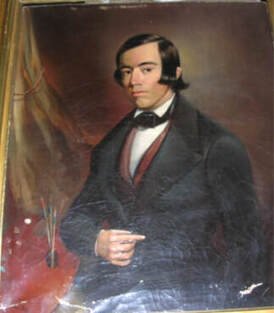 Self-portrait of John J. Markell Self-portrait of John J. Markell John J. Markell and Family Monument Location: Area D/Lot 71 Date of Placement: after 1866 Decedents: Artist John J. Markell and parents Samuel and Amelia Markell When seen draped and empty, an urn symbolizes death, the final partition, separating the living from the dead. The return of the body back to ashes, and dust, leading to the soul's rebirth in the next realm. This tops a monument in Mount Olivet's Area D that can simply, and fittingly, be seen as a "work of art." This monument rests over the grave of Samuel and Amelia Markell, and their talented son John, an artist who died whilst only in his early twenties. John Johnston Markell was born on June 17th, 1821, and likely received his education at the Frederick Academy, where his father had been appointed to teach the Introductory School in 1809. In 1827, Samuel Markell would oversee the Third Department, which I'm guessing would denote secondary education. As for artistic talent, John J. Markell was self-taught as a painter. He may have gained inspiration from miniature portraits of his parents that were painted at the time of their wedding. A depiction of Amelia Schley Markell dates to March 9th, 1815 and was done by the Swiss itinerant artist David Boudon. John J. Markell was only 17 years old when he painted his first self-portrait in 1838 in Philadelphia. Even at an early age, he clearly knew he was an artist, and holds, in his hand, several brushes to identify himself as an artist. By 1839, at the age of 18, he was found living in Leesburg, Virginia., and advertising his services as a “Portraits and Landscape Painter.” Markell had embarked upon the life of an itinerant portrait artist, travelling to various locations and offering his unique services to the local population. Markell only lived to age 23 and was buried in the German Reformed burial ground (today's Memorial Park) on the corner of W. 2nd and N. Bentz streets. In 1866, John Markell and his father were reinterred to Mount Olivet's Area D. The monument here befits a talented artist as it is a masterpiece unto itself. It truly looks a hundred times better than ever these days after our FOMO Group (lovingly known as "The Stoners") gave it a solid cleaning last summer. (Check out the amazing "Before and After cleaning" photos below) 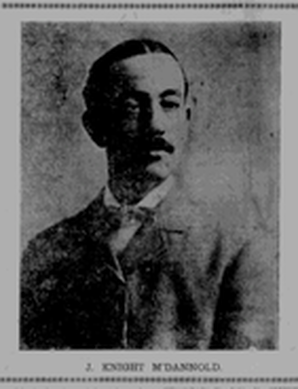 John Knight McDannold "Tiffany's Monument" Location: Area F/Lot 53 Date of Placement: c. 1899 Decedents: John Knight McDannold The final gift of a loving (and extremely wealthy) grandmother to a favorite grandson, this Celtic Cross is something to behold. What makes it even more special is the fact that its maker is the famed Tiffany & Co. (jewelers) of New York City. John K. McDannold’s obituary described him as: ”a young man highly esteemed and beloved by a wide circle of friends here in Frederick. Endowed by means, and possessing a generous disposition, his deeds of kindness knew no bounds and the generous impulses of his nature often responded to appeals of those in need. With the exception of intervals after the death of his parents, he resided in Frederick. He was fond of traveling and while away from home made many close and lasting friends. He inherited an affectionate disposition and in turn was idolized by an aged grandmother whose grief is incredibly great.” Born in Orange, New Jersey, the recipient of this magnificent monument spent much of his youth living in Manhattan (New York City). John and his sister lived with their maternal grandmother in downtown Frederick during the 1890s after losing both parents at a young age. He would join them here in the family cemetery plot in 1899 when his ill-fated journey to Cuba with a friend stalled in Savannah, Georgia. It was here that he came down with a fatal case of pneumonia. John Knight McDannold died just a few days later. It is said that his funeral was the largest attended up to that time. READ MORE "STORIES IN STONE" Capt. Cornelius A. Staley "White Bronze" Marker Location: Area P/Lot 139 Date of Placement: after 1883 Decedents: Capt. Cornelius A. Staley and wife Mary A. C. Staley At first glance you may, or may not notice, something quite peculiar about this monument. Unlike its lithic brethren here in Mount Olivet, it is man-made of metal and not a carved stone from nature. This was a very popular and stylish type of grave memorial that arose in the last few decades of the 19th century and known as “white bronze” markers. We have 20 of this unique variety here in the cemetery. These standout funerary memorials (also nicknamed "Zinkies") were the brainchild of a man named Milo Amos Richardson (1820-1900) and business partner and brother-in-law, C. J. Willard. Mr. Richardson worked as a cemetery superintendent in Chautauqua County, New York, and had observed the need for a new and better material for cemetery monuments. He set out to develop a solution of creating a material for memorials that would repel moss, algae and lichen, invasive and unwelcome guests that take up residence on traditional gravestones, especially monuments in shady locations within cemeteries characterized by abundant tree cover or dampness. Richardson and Willard’s formula centered on the use of zinc carbonate. Amos Richardson, along with two business partners, tried to get a company off the ground but failed. In 1879, the rights were sold and a new company, the Monumental Bronze Company, was incorporated in Bridgeport, Connecticut to manufacture these new monuments. One more innovation (that white bronze made possible) resided in the opportunity for customers to employ a myriad of popular symbols and designs of the late Victorian period on these unique monuments. These beautifully ornate memorials became a high-selling novelty especially in the northeast, and the examples that have remained are well over a century old and look virtually new, so to speak! The name “white bronze” was given as it certainly sounded more elegant than zinc. As for Captain Cornelius Staley, I've included his biography below and taken from Williams' History of Frederick County. Terra Cotta Marker Location: Area A/Lot 116 Date of Placement: July 1874 Decedent: Arfue Brooks One of the smallest grave monuments within Mount Olivet is also one of the most thought provoking. In addition, this final resting place of a child, who died in 1874, is among the most eye-catching, as it clearly stands out against a backdrop of 40,000 other gravesites. The memorial in question is not made of marble or granite, and deceives some into thinking that it could be an above ground crypt—crafted in the shape of a small sarcophagus from ancient time. Before receiving a thorough cleaning a few years back from cemetery superintendent J. Ronald Pearcey, you wouldn’t have even noticed this memorial to Arfue Brooks. And if, indeed, you did find it, an attempt to read the name carved on the exterior would have been a futile and frustrating chore—but not anymore. A bas-relief figure of a sleeping child conjures up a melancholy feeling as the onlooker is tipped off to the occupant’s age and innocence. In contrast, a sudden feeling of warmth (in any season) may follow, thanks in part to the brown-orange hue of the monument— a diversion from the vast sea of whites, grays and blacks that can be found throughout the grounds. As far as I know, this is the only terracotta monument of this color and design within the cemetery. Through research we learned that Arfue's memorial was made by a firm in Philadelphia. READ MORE "STORY IN STONE" 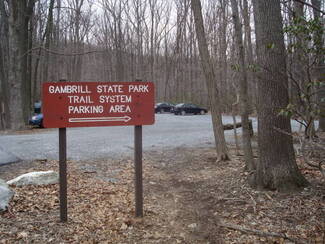 Winebrener/Gambrill Family Monument Location: Area Q/Lot 24 & 26 Date of Placement: after 1902 Decedents: D. C. Winebrener, Sr., Rebecca B. (Markey) Winebrener, James H. Gambrill, Jr., Susan M. (Winebrenner) Gambrill, Rebecca G. Gambrill This monument has been one of the most photographed in the cemetery boasting a defiant woman wielding a cross and having an upturned finger towards heaven. The message should be clear to anyone viewing this art sculpture in stone that there is no doubt that the decedents buried here were religious, righteous and destined for heaven. It's no surprise that the strength of this monument perfectly represents the lives of those buried beneath, particularly D.C. Winebrener and son-in-law James Henry Gambrill, Jr. (1866-1951). Both men were prominent businessmen, and extremely civic minded. Winebrener is best remembered for the "double-store" he operated at 144-148 North Market Street in the late 19th century. James Gambrill took over the prosperous mill begun by his father on Carroll Creek at Carroll Street. We know this structure today as the Delaplaine Arts Center. Mr. Gambrill is best remembered today for his love for conservation as he is responsible for bringing awareness to many natural areas across the state, but none more special than Catoctin Mountain immediately west and northwest of Frederick City. His efforts would eventually lead to the creation of a state park which would take the Gambrill name. Both men and their spouses warrant separate "Stories in Stone" articles, which will be coming soon. So there you have it, the Class of 2022 of the Mount Olivet Monument Hall of Fame. To see last year's inaugural class, click the MORE header tab on our MountOlivetHistory.com website to find the link for the official Monument Hall of Fame gallery page. Please consider joining our Friends of Mount Olivet membership group and you too can help nominate and choose next year's monument inductees. Most importantly, you would be helping us preserve and interpret these special stones into perpetuity. We have a Prospective Members Day coming up on Tuesday, October 4th. If you are interested in hearing more about the Friends of Mount Olivet, come out as we will also be taking a walking tour of some of the Hall of Fame monuments.
Friends of Mount Olivet Prospective Members Day TUESDAY, OCTOBER 4th (Meet at the Key Chapel/behind FSK monument) 10am session 6pm session (2-hour session includes light refreshments and a history walking tour) BECOME A MEMBER 0 Comments
1 Comment
|
STORIES
|
Archives
July 2024
June 2024
May 2024
April 2024
March 2024
February 2024
January 2024
December 2023
November 2023
September 2023
August 2023
July 2023
June 2023
May 2023
April 2023
March 2023
February 2023
January 2023
December 2022
November 2022
October 2022
September 2022
August 2022
July 2022
June 2022
May 2022
April 2022
March 2022
February 2022
January 2022
December 2021
November 2021
October 2021
September 2021
August 2021
July 2021
June 2021
May 2021
April 2021
March 2021
February 2021
January 2021
December 2020
November 2020
October 2020
September 2020
August 2020
July 2020
June 2020
May 2020
April 2020
March 2020
February 2020
January 2020
December 2019
November 2019
October 2019
September 2019
August 2019
July 2019
June 2019
May 2019
April 2019
March 2019
February 2019
January 2019
December 2018
November 2018
October 2018
September 2018
August 2018
July 2018
June 2018
May 2018
April 2018
March 2018
February 2018
January 2018
December 2017
November 2017
October 2017
September 2017
August 2017
July 2017
June 2017
May 2017
April 2017
March 2017
February 2017
January 2017
December 2016
November 2016

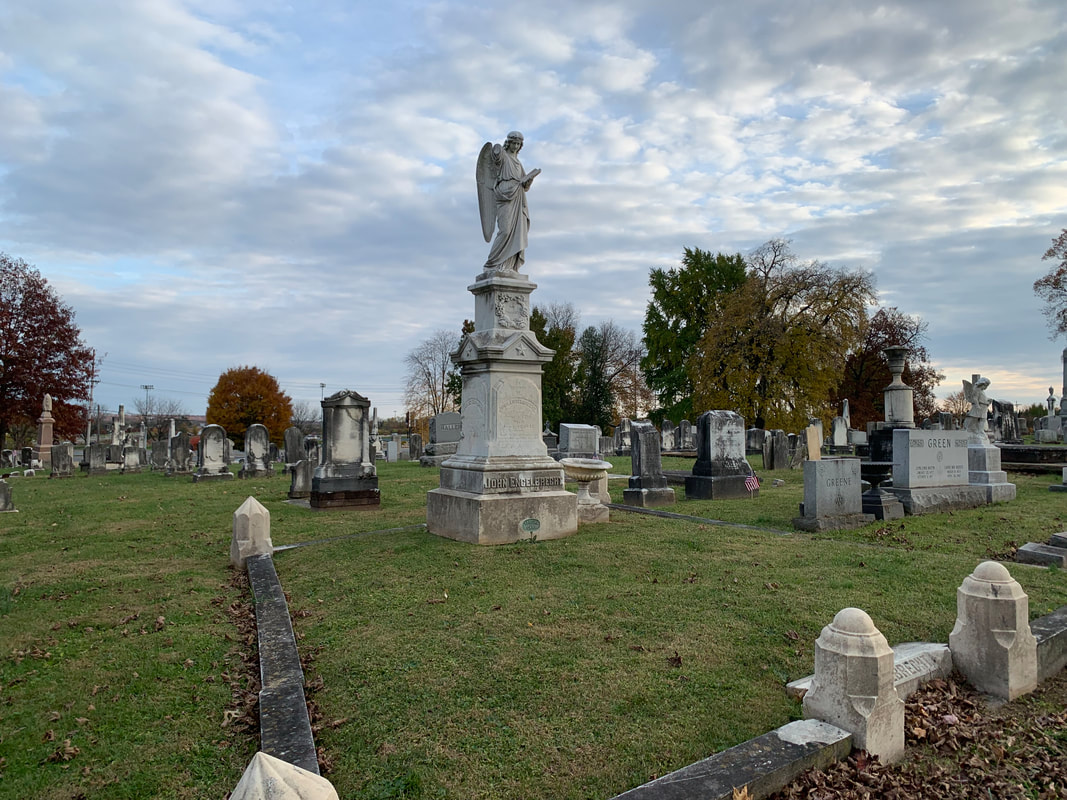
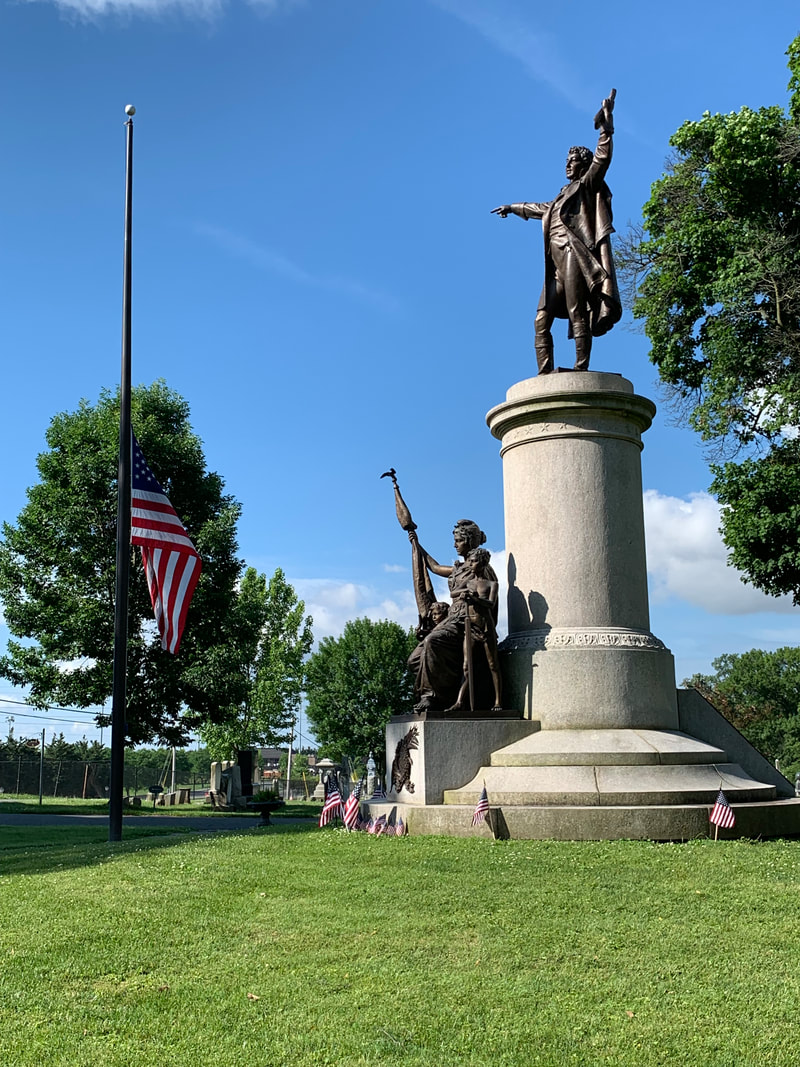
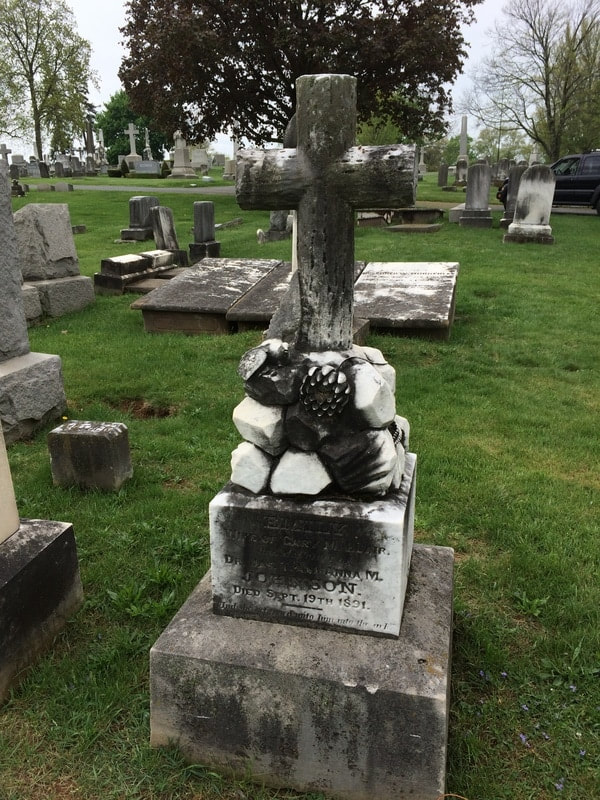
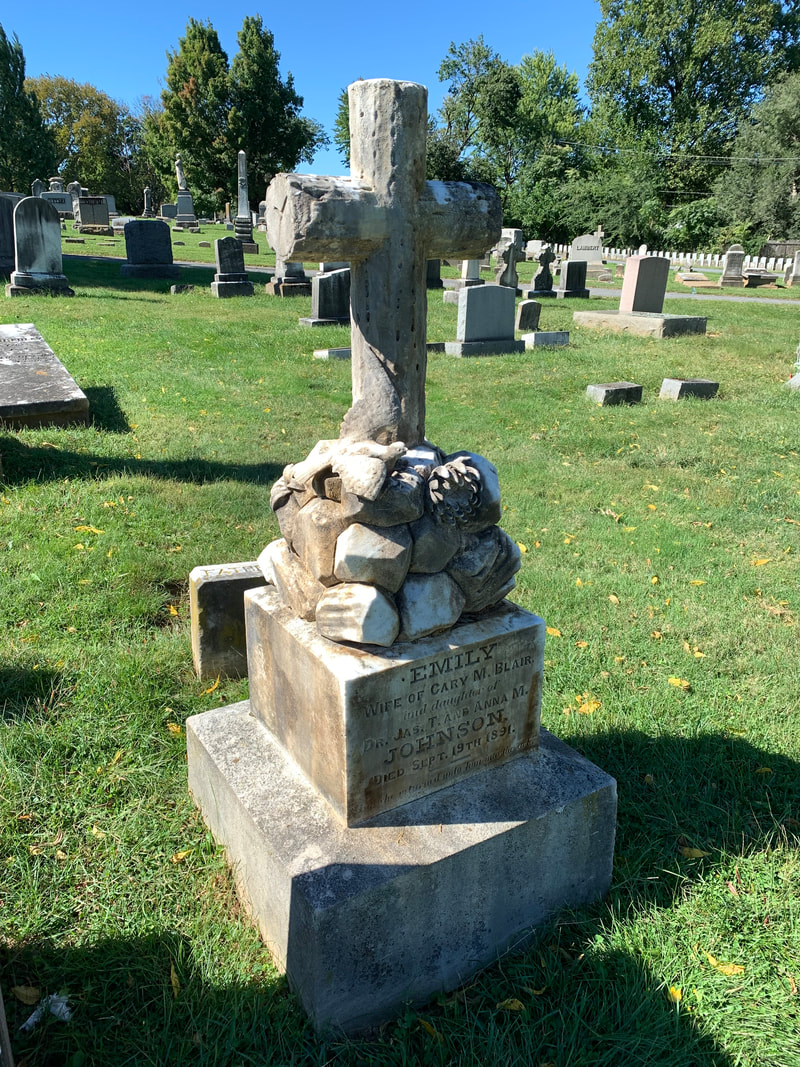
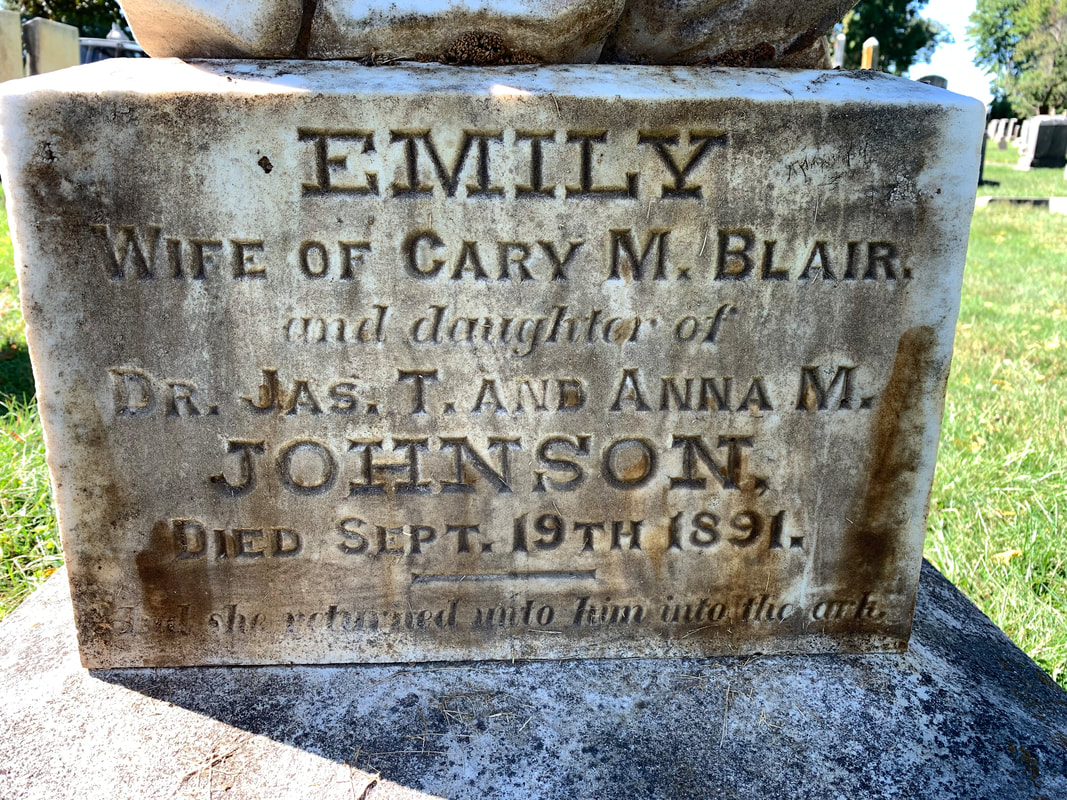
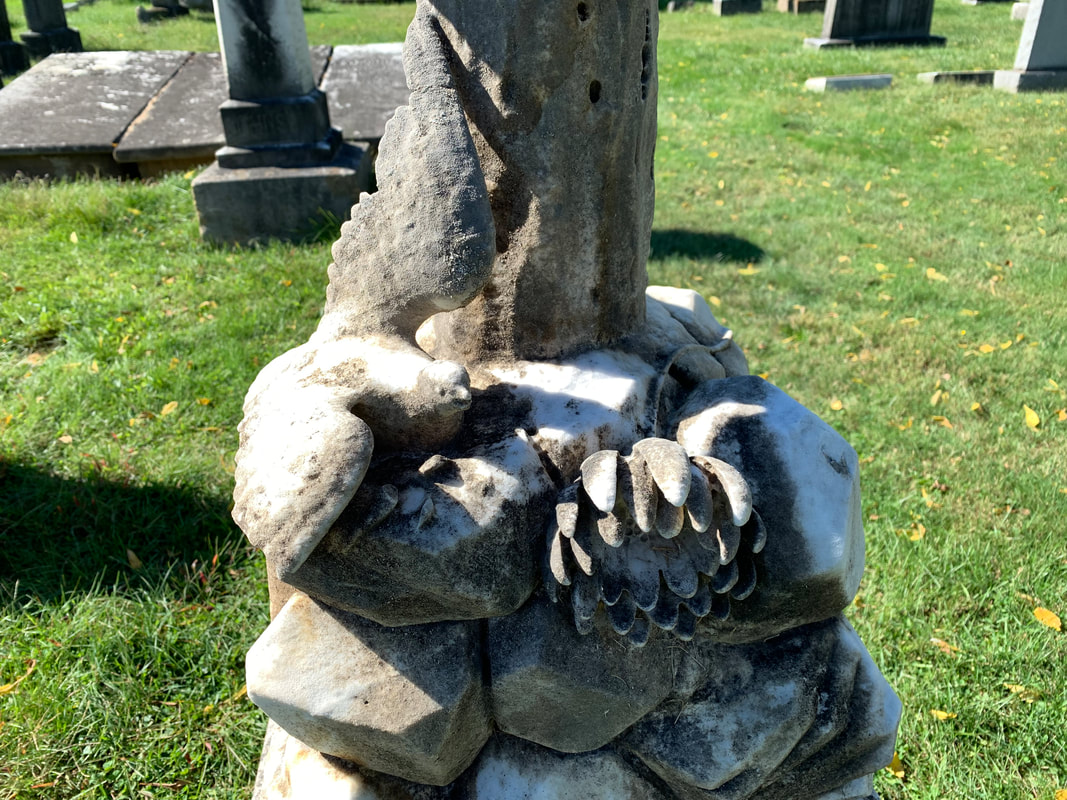
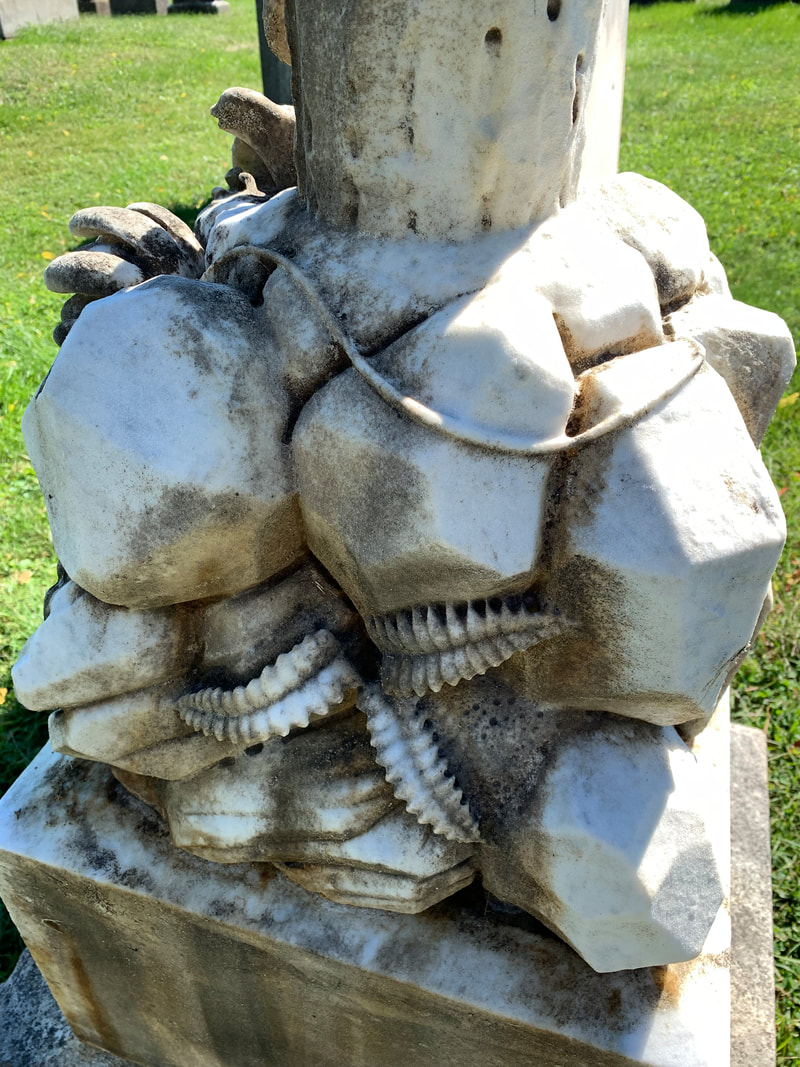
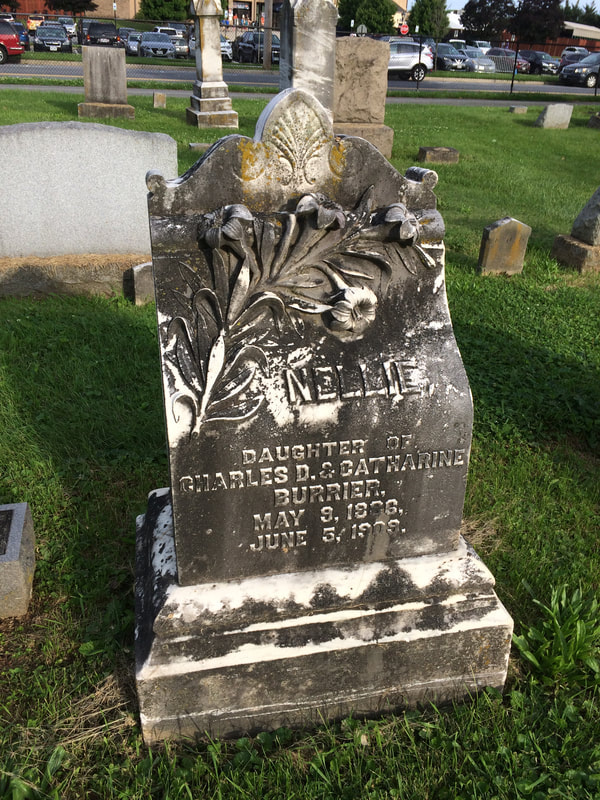
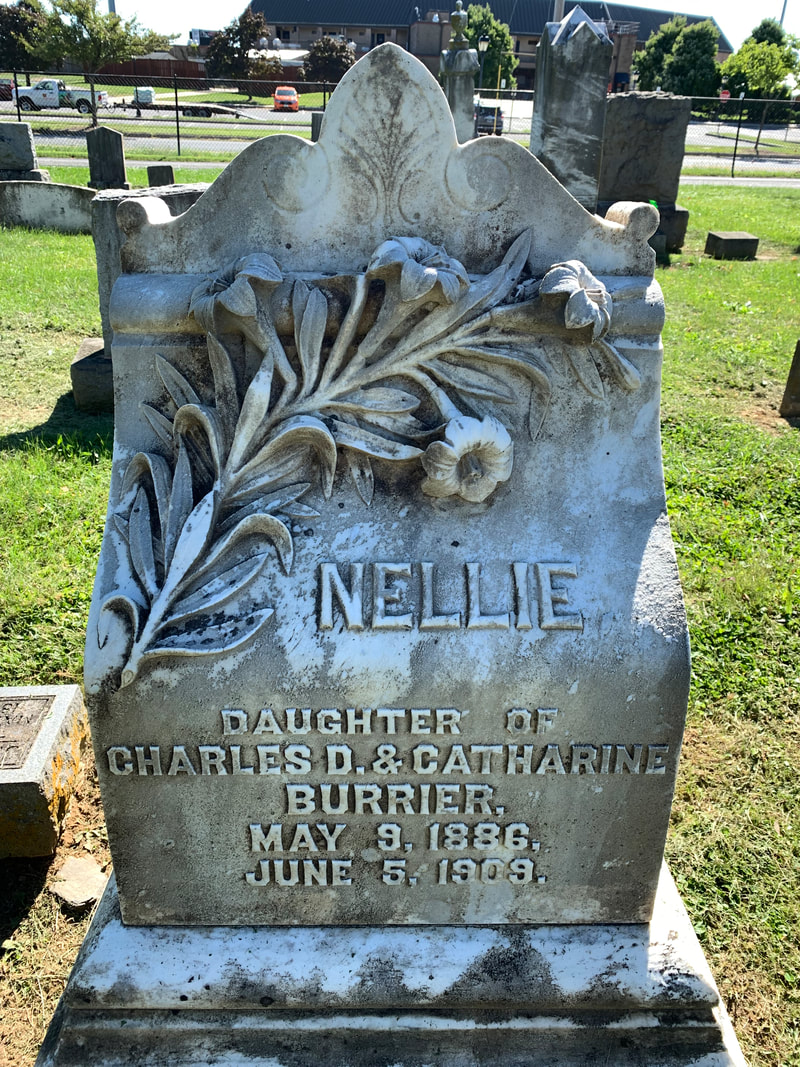
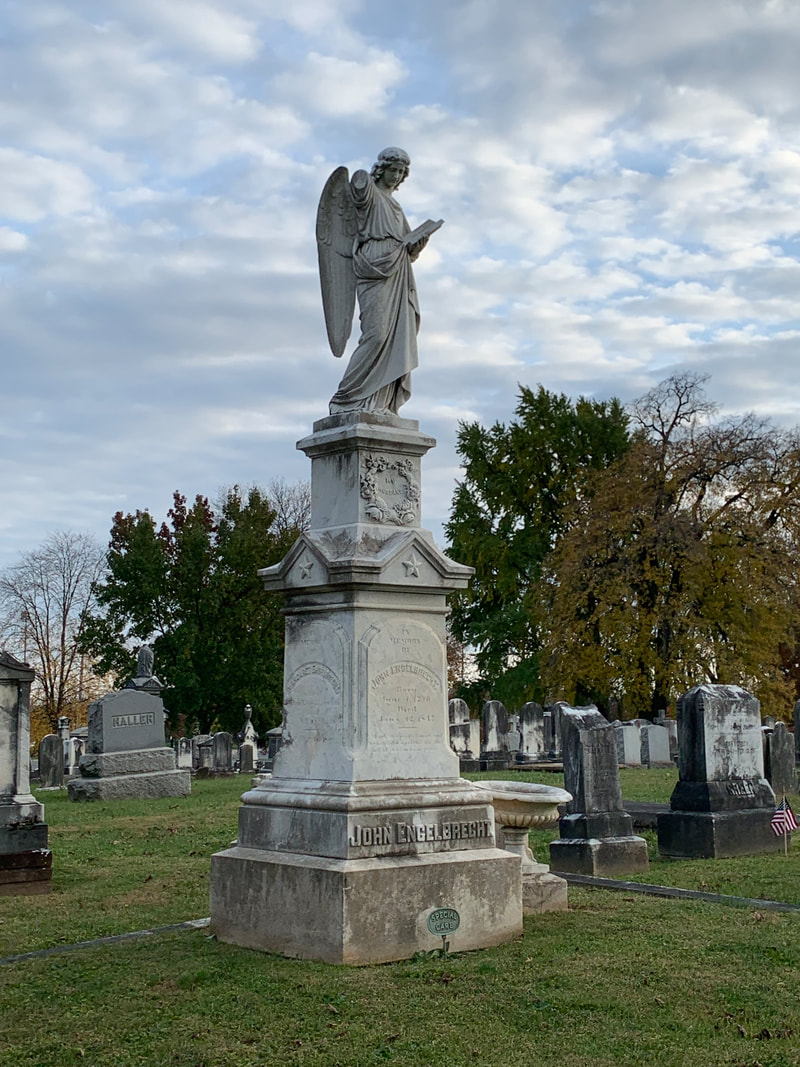
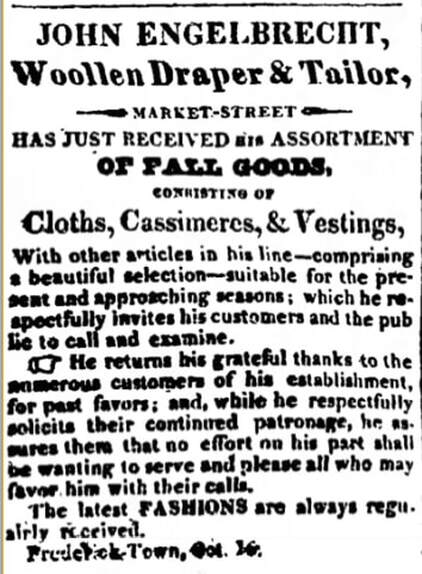
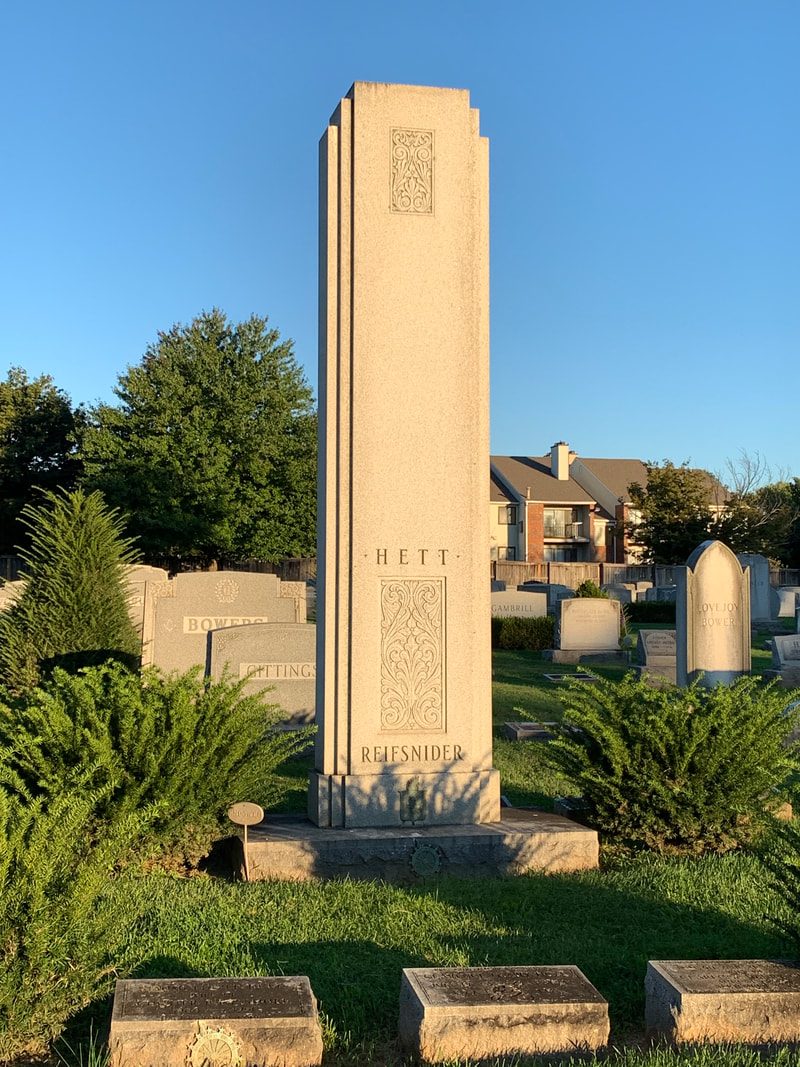
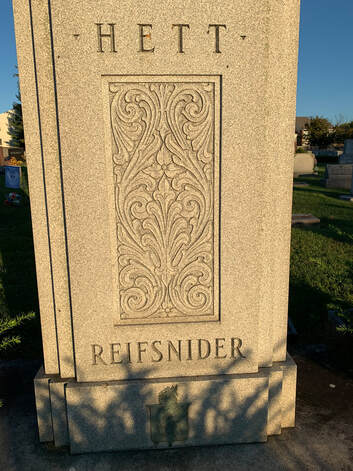
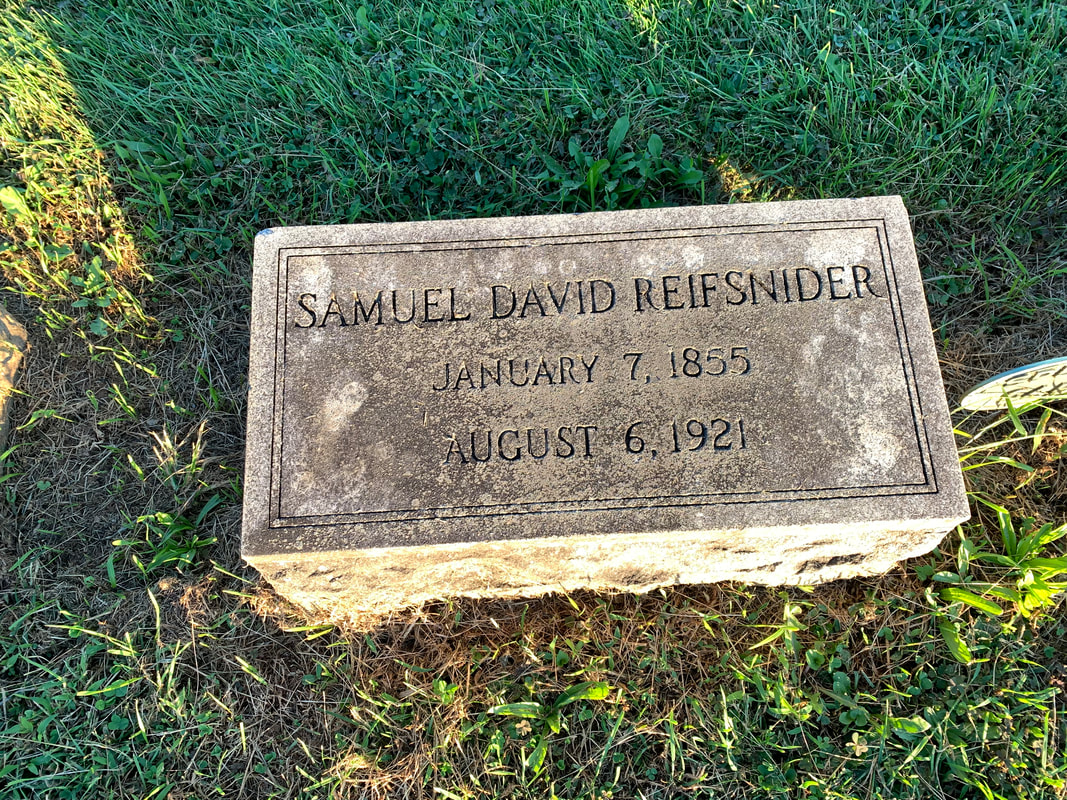
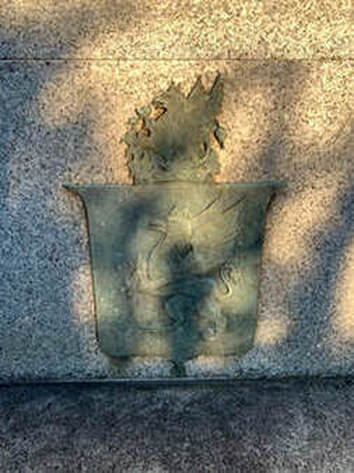
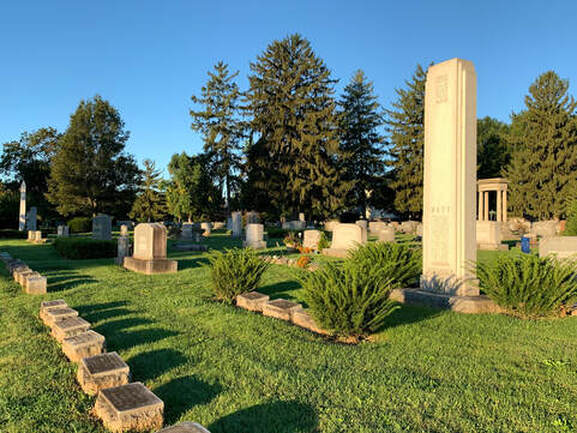
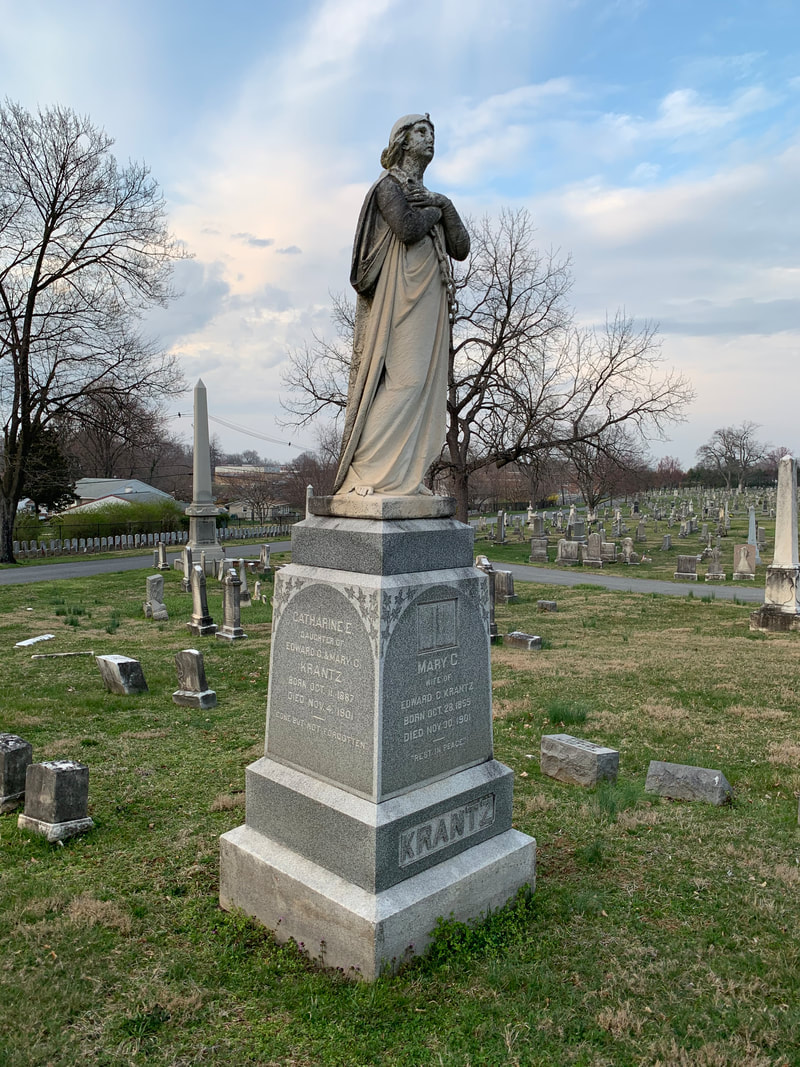
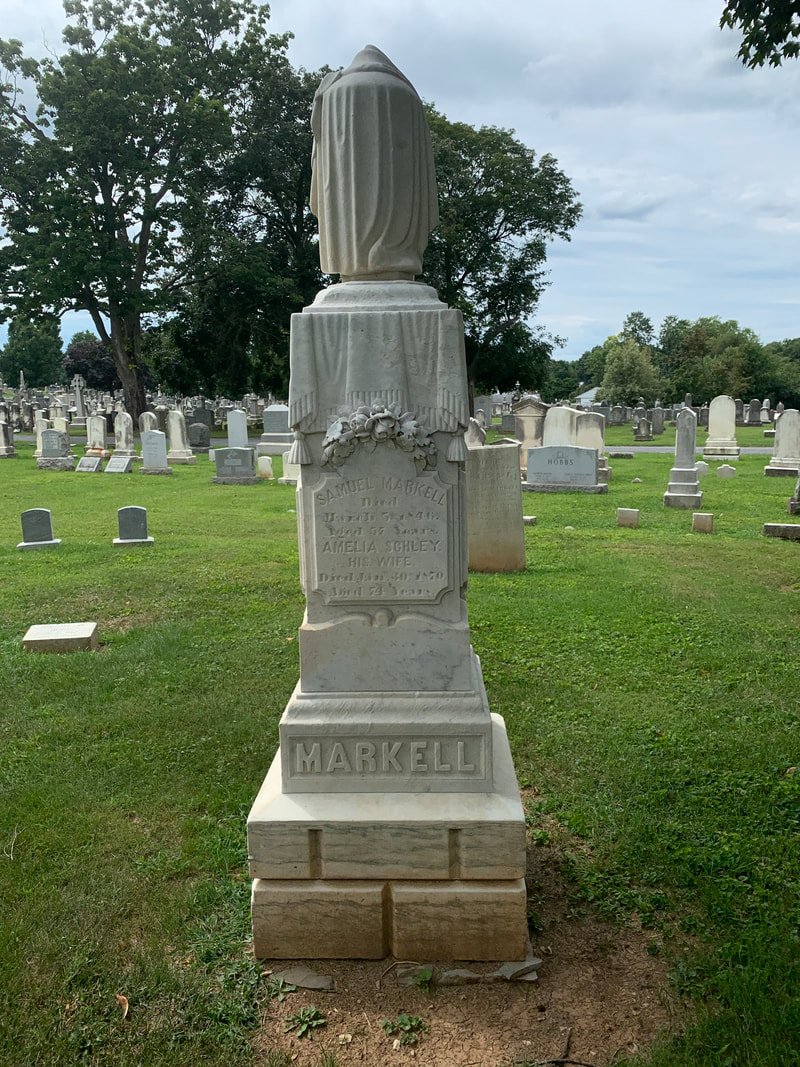
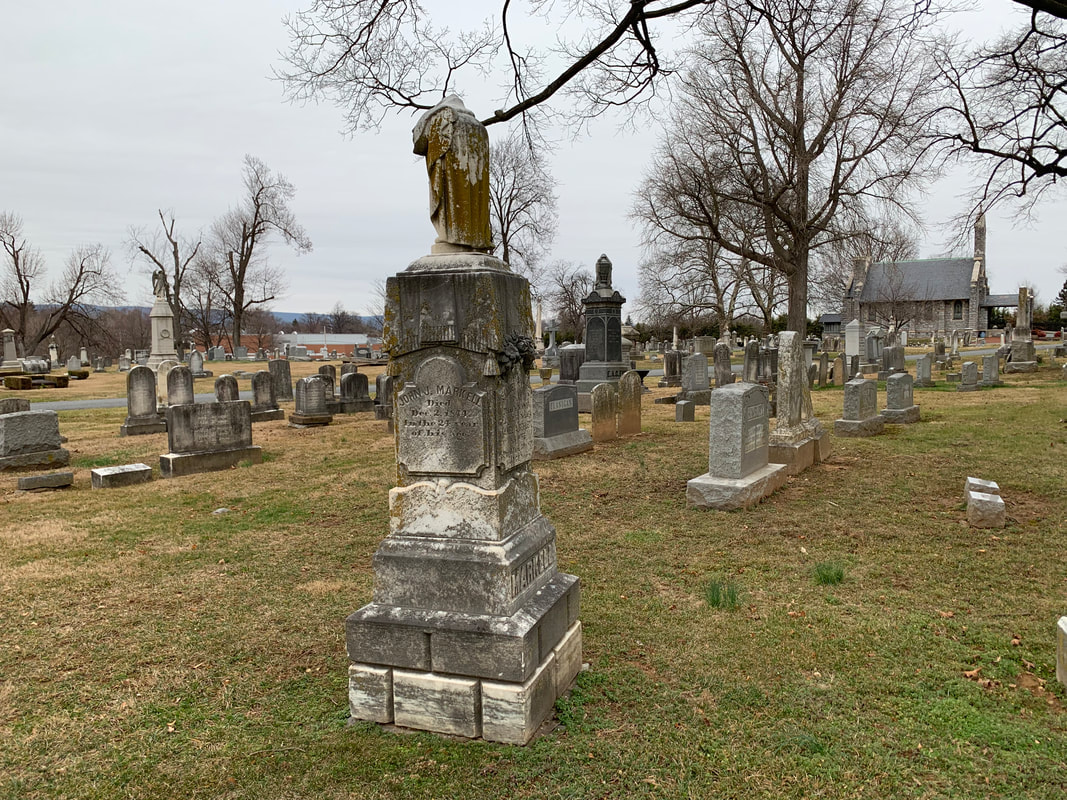
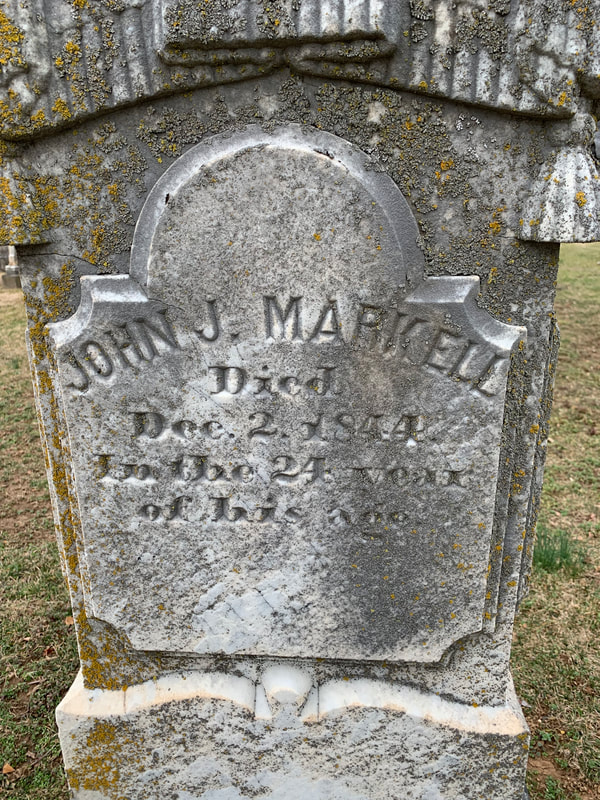
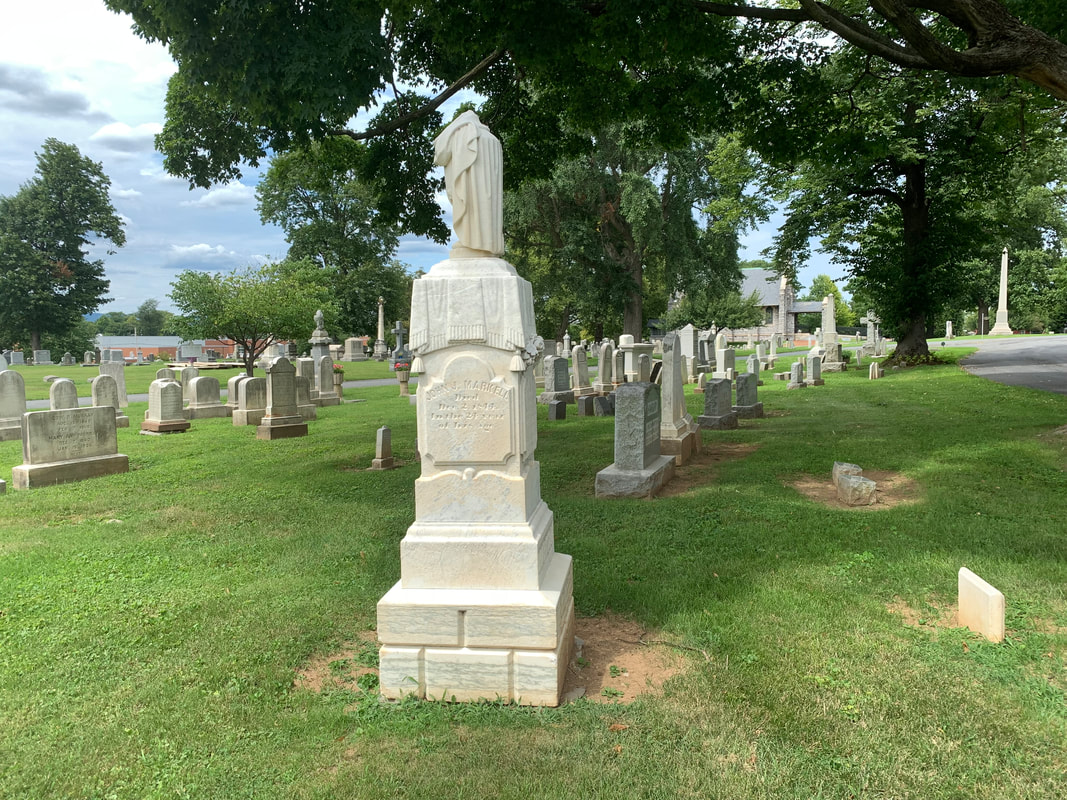
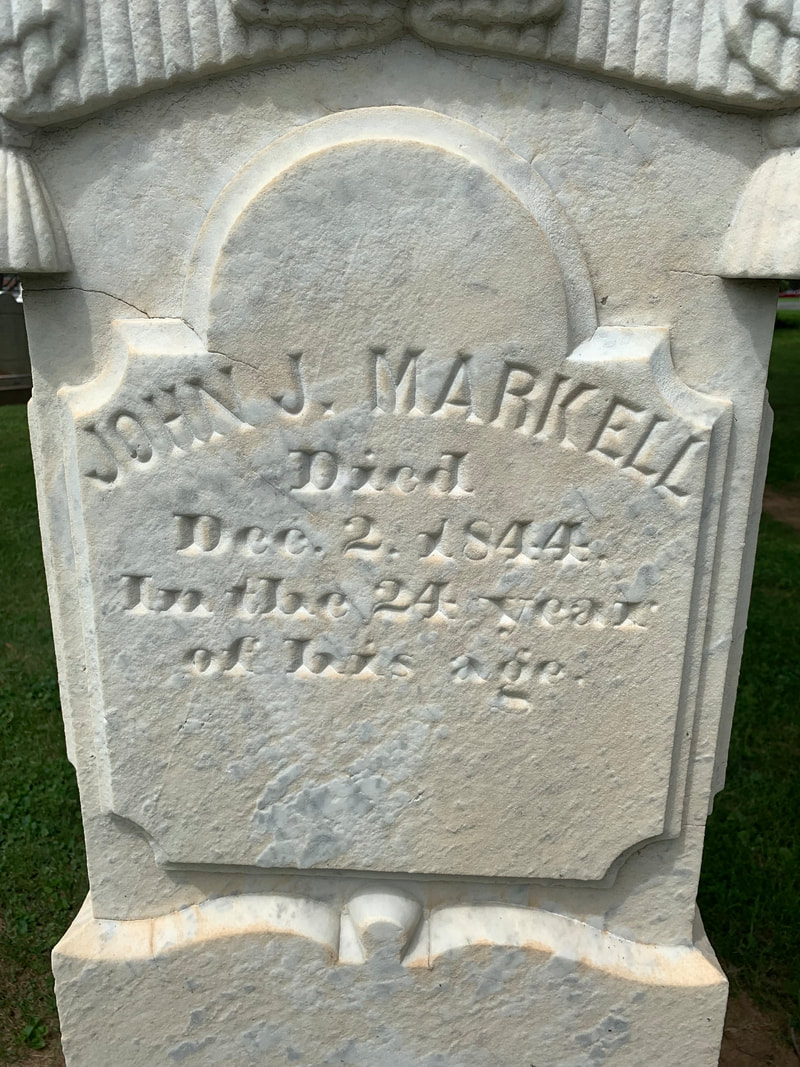
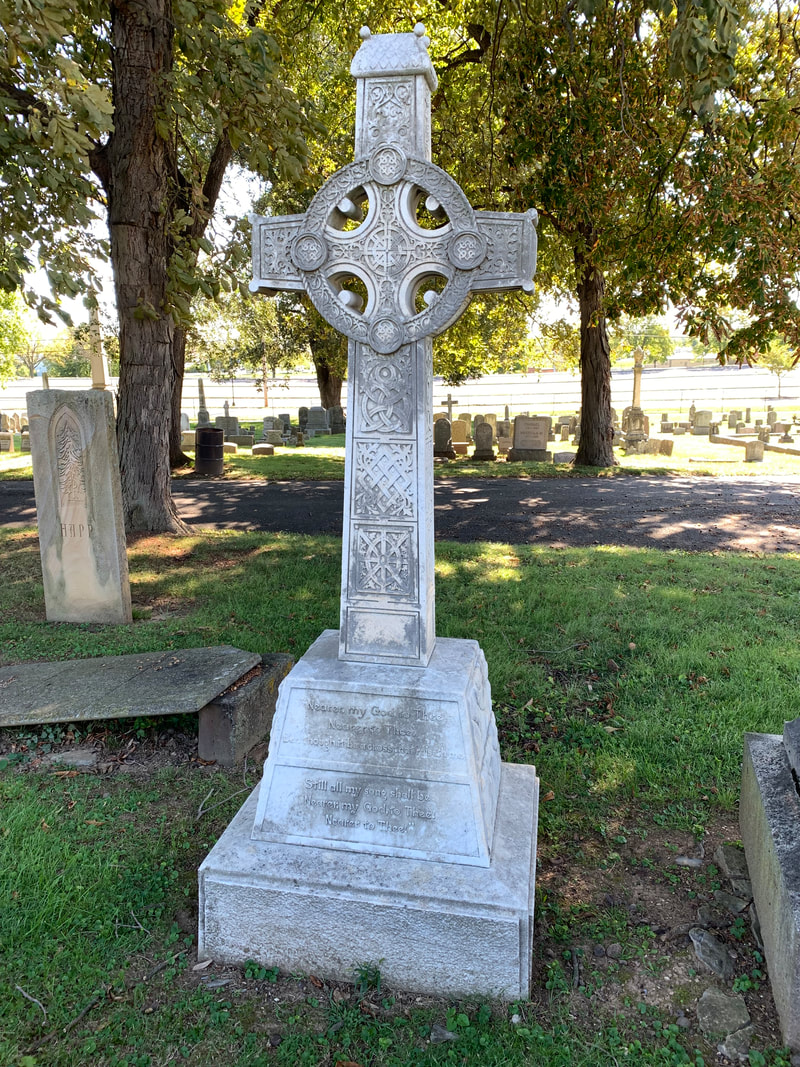
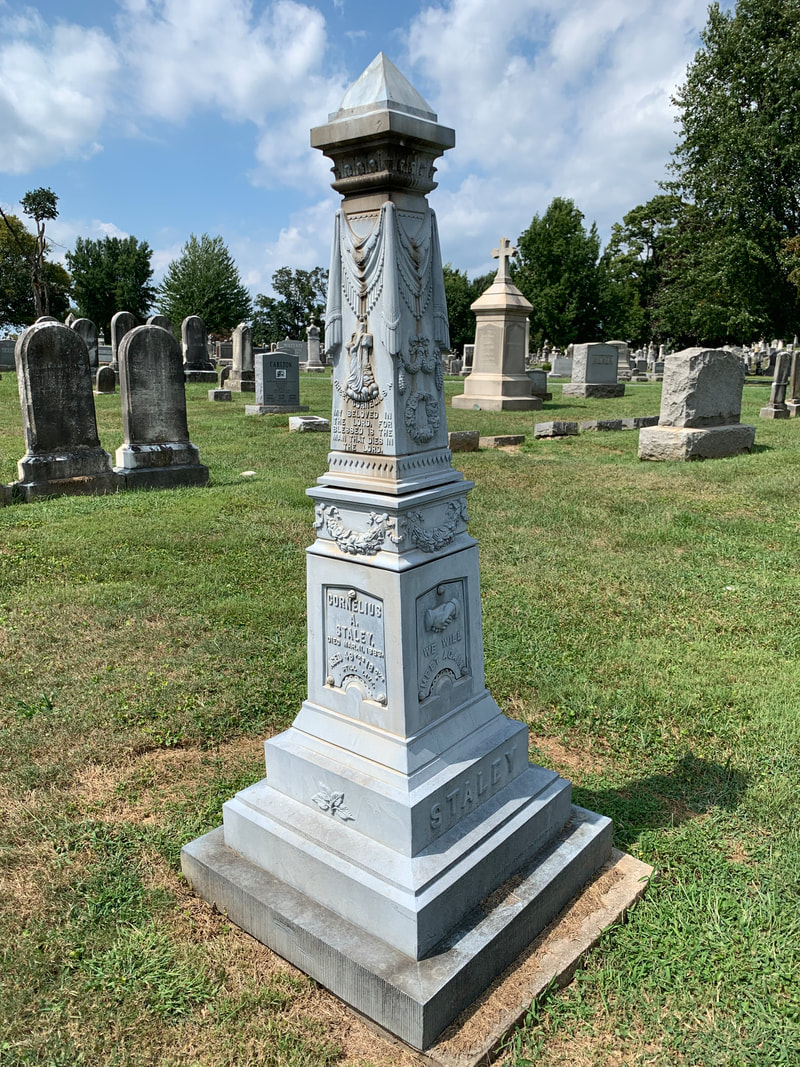
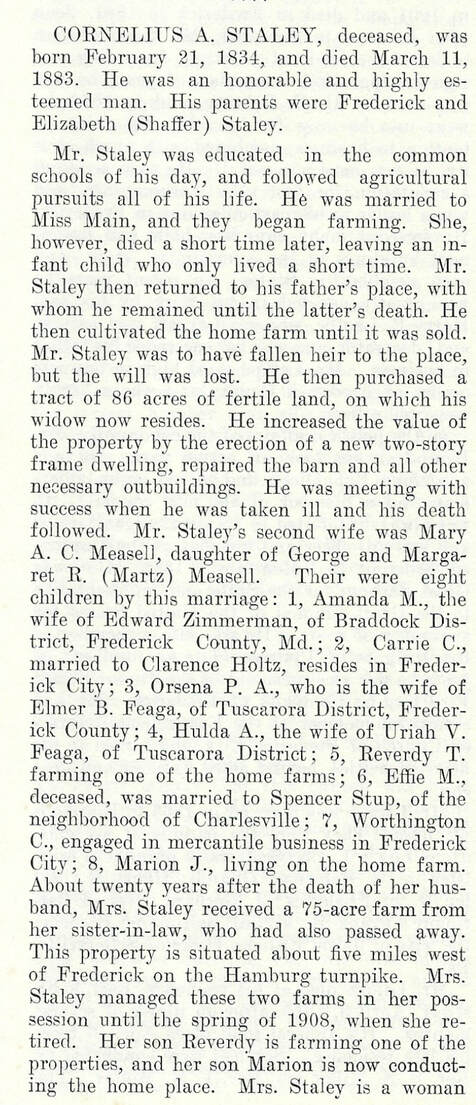
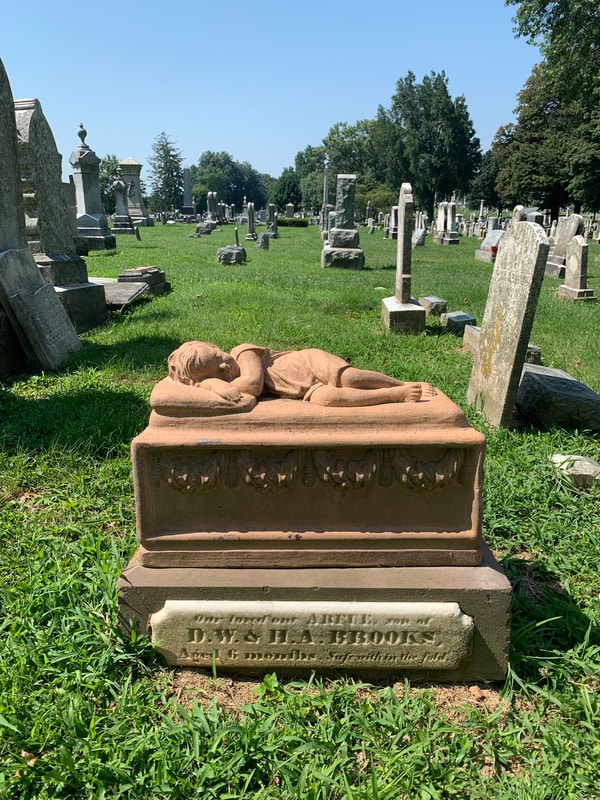
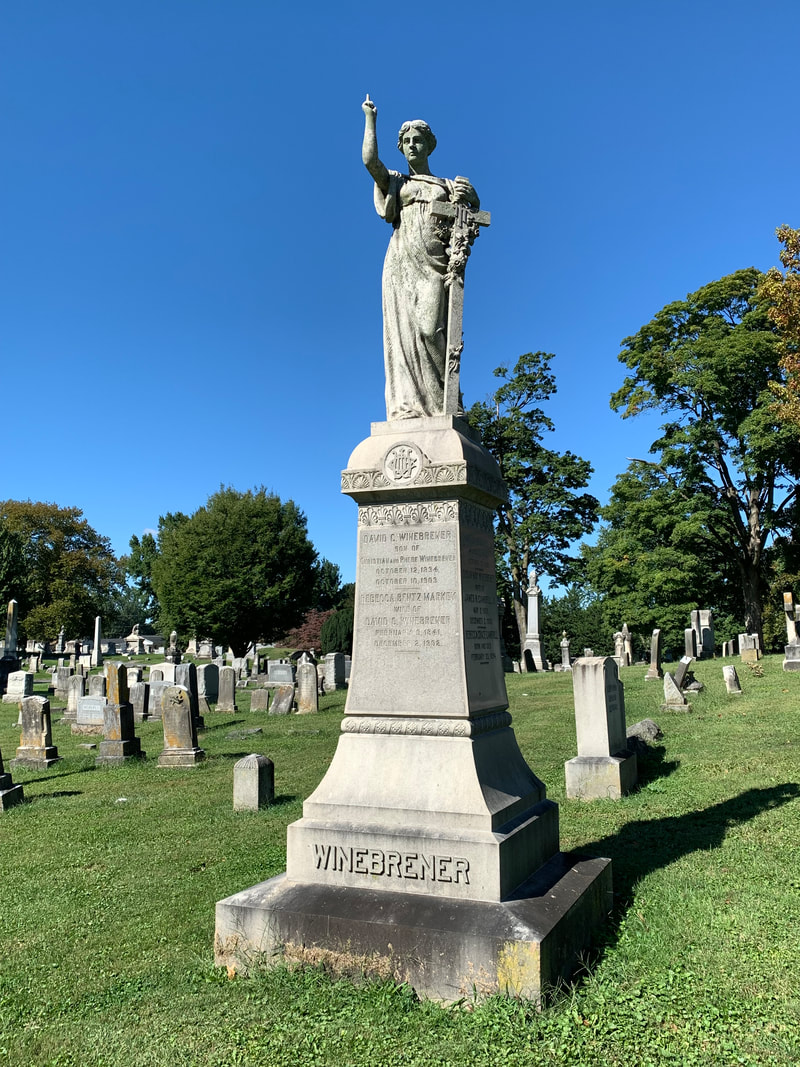
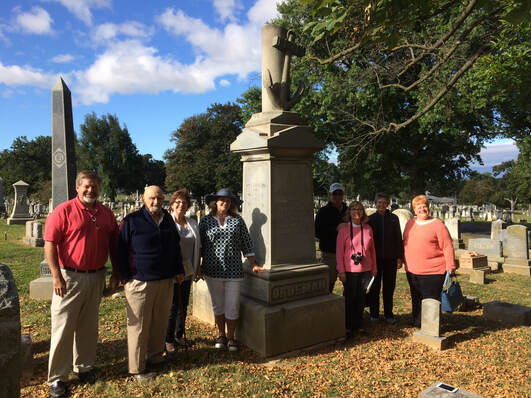

 RSS Feed
RSS Feed